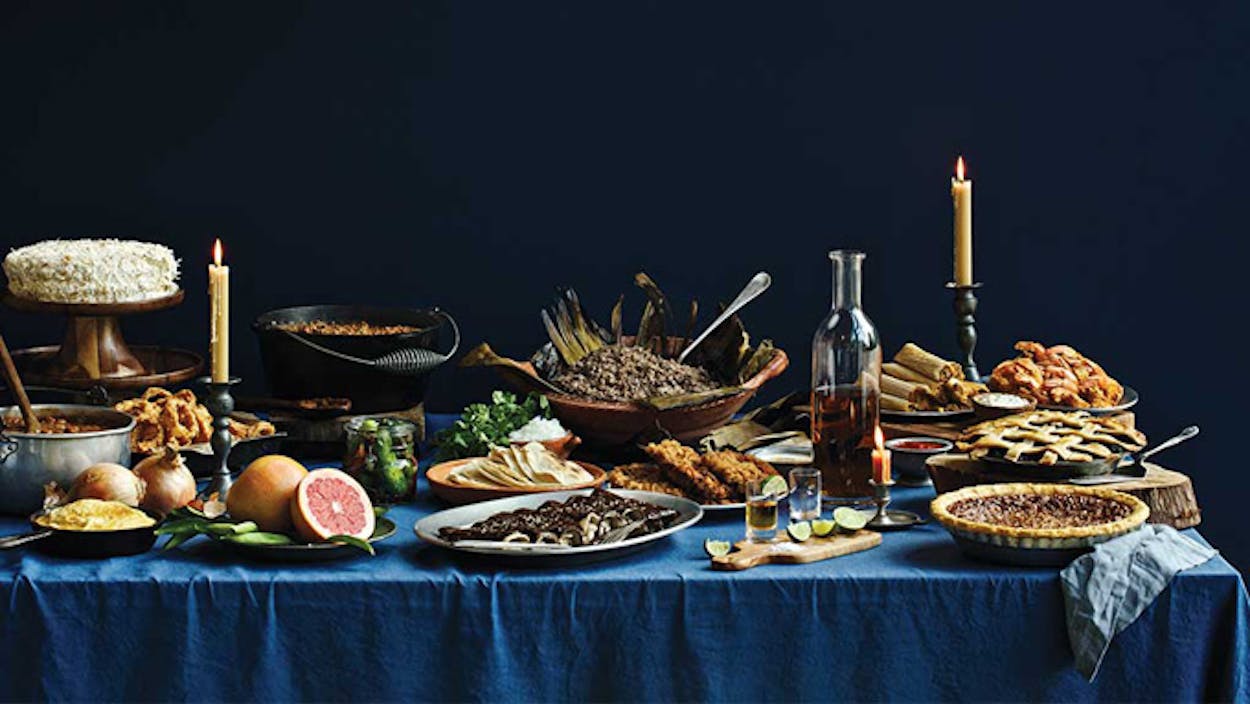That the average Texan used to be a more profoundly singular type than he is at present, more quintessentially distinct from the average Ohioan or Floridian or New Yorker, is indisputable. We are still moderately different from the nation’s other states—“like a whole other country,” as the tourism brochures put it—but the rough edges and colorful character that defined Texans to the outside world for most of the nineteenth and twentieth centuries have been smoothed and dulled. A number of developments are responsible for this, among them the steady influx of non-Texans; the rise of mass entertainment and a national monoculture; cable TV and the erosion of regional accents; the increasing mobility of Americans of all economic classes; globalization, urbanization, and industrialization; the decline of small-town agricultural life; the digital revolution; the social media revolution; and anything—which these days is pretty much everything—that endeavors to flatten the world and interconnect it.
But don’t despair. There remains at least one reliable holdout of the distinct Texan identity: our food. Texas food may in fact be the most stubbornly idiosyncratic aspect of our regional identity. Cowboys and wildcatters no longer exist in great numbers, but in every city in the state you can easily lay your hands on a chicken-fried steak, a bowl of chili, a smoked brisket, a tamal, an enchilada plate, a bowl of queso, a Frito pie, and various other delicacies that remain essentially irreproducible outside the state lines. In recent years, the sui generis qualities of our food have only become more pronounced; traditional pit-smoked barbecue, for instance, is enjoying a major renaissance. Our lives may be more and more like the lives of people in other states, but our meals are still our own.
There’s an obvious reason for this: all the dishes listed in the preceding paragraph are delicious. If Ohioans had queso, they wouldn’t give it up either. But that’s not the complete answer. Texas food is often celebrated for having “big, bold flavors,” which it does, but our dishes also have big, bold meanings. They stand for something, something inherently Texan. Broadly, we might call it the gloriousness of our hardscrabble, multicultural past—the way that Texas history is the history of immigrants from all over the country and all over the world coming together in a promised land and blending their heritages to create something new. Tex-Mex is a conspicuously tasty example, but so is chicken-fried steak, which likely derives from the schnitzel brought to Texas by Germans settlers. Our food incarnates our extraordinary past.
Below you’ll find an exploration of some of our dishes. We could not hope to capture the entirety of Texas food in one issue, so what you’ll find is a sampling, a combo platter if you will. Grouped together on the table at right (a literal table of contents), like some peculiar but ardent Texan’s final buffet, you’ll see the particular dishes we have chosen to examine. It may strike you as an odd assortment; it would certainly make an odd meal. But of course that’s not the point. Despite the presentation, these items have been collected not to be eaten but to be written about, photographed, considered. They are the raw ingredients of a hearty menu consisting entirely of food for thought.
We consider it a well-balanced and wholesome spread. The fare ranges from barbacoa to coconut cake, but the ruminations all reveal the vast worlds of significance that exist within the things we eat. ¡Buen provecho!
Barbacoa, by Domingo Martinez
Red grapefruit, by Nate Blakeslee
The 1015 onion, by Jason Sheeler
Tequila, by Joel Salcido
Chili, by Paul Burka
Chicken-fried steak, by James McWilliams
Plus: treasured recipes from our staff and an essay on old family cookbooks by Prudence Mackintosh







